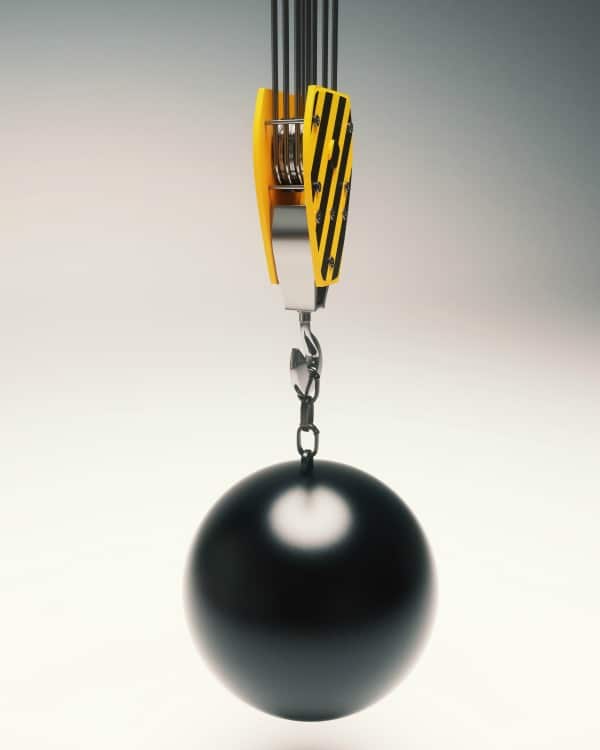
In a world of always-on systems, microservices, and distributed chaos, one truth remains: everything will eventually fail. The only question is how prepared you are when it does.
That’s where failure injection comes in—aka breaking things on purpose. This isn’t a bug. It’s a feature.
Inspired by tools like Netflix’s Chaos Monkey (the original disruptor), failure injection is the practice of intentionally introducing faults into your systems—latency spikes, service crashes, dropped packets—to test how your infrastructure behaves when the storm hits. Because in the real world, cloud APIs timeout, containers die, and someone will push a broken config at 2 AM.
And the worst time to learn your architecture can’t handle that? During a real outage.
The Why Behind the Mayhem
In complex microservice environments, resilience isn’t built by accident. You need to simulate disaster to know whether:
- Your fallbacks actually fall back.
- Your retries don’t retry themselves into oblivion.
- Your users still get a response, even if degraded.
Failure injection helps you turn unknowns into knowns, exposing brittle links before they burn down your entire stack.
Tools of the Chaos Trade
Tools like Gremlin, LitmusChaos, or even homegrown fault injection setups with Istio or Kubernetes can simulate all kinds of disasters—from CPU starvation to DNS failures. The key is to run these experiments in production-like environments, ideally behind feature flags or limited scopes.
Just don’t forget to measure the blast radius.
Embrace the Chaos, Don’t Fear It
This isn’t about being reckless. It’s about building confidence. Controlled chaos leads to controlled recovery. Mature DevOps teams understand that reliability doesn’t come from uptime alone—it comes from surviving failure gracefully.
If your team’s still nervous about pulling the plug “just to see what happens,” maybe it’s time to bring in the pros. Teams like devops can help integrate chaos engineering safely into your pipelines—because chaos is inevitable, but catastrophe doesn’t have to be.
